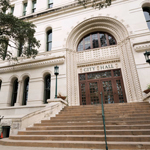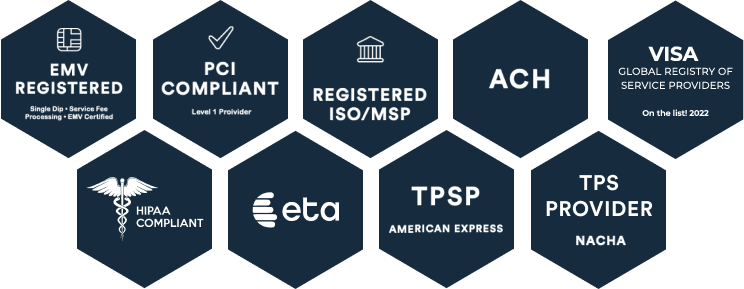Convenient and modern payment processes are a critical focus for government agencies, and providing efficient digital payment solutions to citizens is only the beginning. Best-in-class agencies and the technology that supports those agencies understand that there are two categories of people that government supports—citizens and the staff who serve them.
In the latest Government Roundtable Series webinar, CORE’s SVP of Development—Alan Pyrz, VP Head of Government Sales—Justin Dillon, and VP of Marketing—Shash Cates talk with Julia Hanley, GM Global Digital Acceptance at Discover, about the second pillar in our series for government—prioritizing people.
Three takeaways from the discussion:
1. There’s a shift toward convenience for every interaction
Key to prioritizing people in the government payment experience is focusing on the needs of different generations. “We’ve seen a big shift in what customers are expecting,” said Hanley. “And that puts a big burden on the people working for all of the different government entities.”
Dillon explained further, “There are some correlations between what we see in banking and what we see in government. One generation still desires and delights in the in-person interaction at their bank. They like getting a receipt. And on the other side, the younger generation delights in only having those in-person interactions for big purchases, like buying a house.”
The group agreed that the businesses—in any industry—who remain successful have a good solution for both preferences—they offer convenient interactions both in person and online. By diversifying their options, businesses (and government agencies) can build personalized payment experiences that are tailored to everyone’s needs.
Agencies and businesses that take it one step further address the training and education needed to help older generations or consumers that might be wary of online options learn more about the process. “You might provide a video link on the payment portal that could dispel myths about security or transactions and even instruct how you set up your personalized payment methods,” said Dillon.
2. Modernizing payment options is a win-win for everyone
How does this shift to a more convenient and personalized citizen experience impact agency staff members? Pyrz shared, “We’ve seen a shift in our customers reporting to us that they used to see 70% of their traffic walking in and 30% was online.” In recent years, especially in the time after the pandemic, those numbers have flipped with the majority of citizens using online payment options and only 30% walking into an office to make a payment. This impacts agency staff greatly—fewer resources are needed to manage in-person interactions, freeing up government employees to focus on other critical work to serve their constituents.
Hanley shared, “During the pandemic, we saw an 85% increase in contactless payments.” And post pandemic, that number has continued to grow. “It’s already passed it and we’ve seen a 109% increase in contactless sales volume,” said Hanley. “More and more people are getting tech savvy and they want a faster, more secure way to make payments.”
Just as consumers enjoy curbside checkout and faster payment options in the retail and restaurant industries, the webinar panel agreed that we’re seeing the same scenarios play out with government agencies. “It’s more common for people to want to pull in, make a payment, get a receipt electronically,” said Hanley. And while that might seem daunting for many agencies, it’s a win-win for everyone, according to Hanley. “It really lessens the resource restraints for in-person contact. It frees up people to do other things.”
3. Residents and agency staff crave convenience
“I think that convenience really is desired on both sides, from the constituent and the government side,” said Dillon. “They’re both looking for fewer steps, better interactions, and more immediate responses.” He shared an example of a citizen who might need to follow several steps to make a payment or check on the status of a previous payment. Commuting in or calling in simply to check on the progress of a payment expends resources from the agency and unnecessary effort from the citizen. Additional, unnecessary steps create more work, more time, and too often, more frustration on both sides.
“I think that technology really comes into play where you can do all of those things in fewer steps,” said Dillon. “You can have better communication and updates on status.” When those processes or steps are automated, it’s a win-win for both employees and constituents.
Hanley added, “35% of consumers use a government agency online portal to pay a bill and the enrollment in that has doubled over the last year.” The increase in online payments is no surprise considering the rise in mobile phone usage and demands for more convenience from consumers. Pyrz shared, “You absolutely want to meet citizens where they are.” And for today’s consumer, convenience is the priority and most consumers are online.
The panel also discussed the critical need to serve underbanked constituents and how convenience is playing a role. “We’re seeing a larger adoption of solutions with increased distribution points, especially for the underbanked,” said Dillon. In these scenarios, some underbanked citizens might not have the resources to drive to a building to make a payment, but they do visit their local grocery store or gas station and can make a payment there. “These options just speak to that idea that convenience is key,” said Dillon.
To hear more, watch the entire webinar here.
To watch the first webinar in the Government Roundtable Series on Property, you can watch the replay here.






